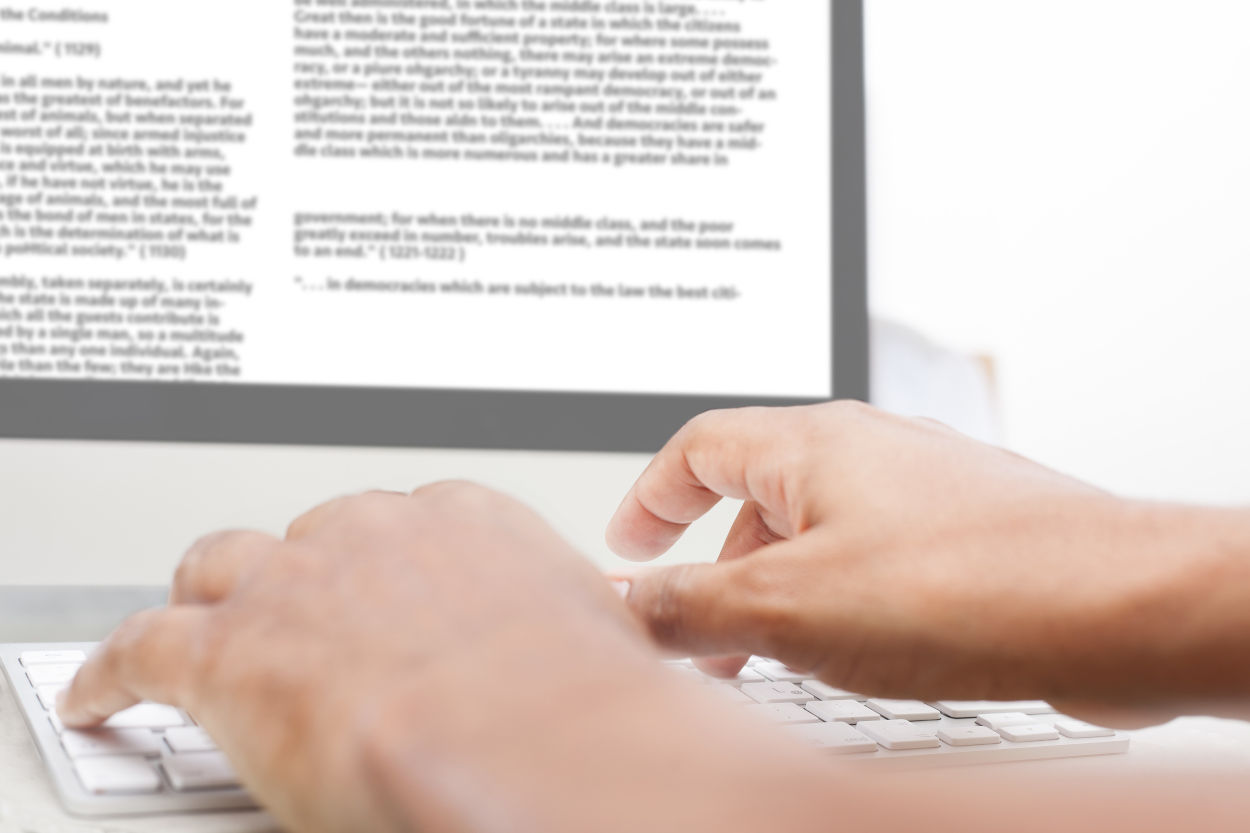# Usage scenario
- Purpose
- Describe the future course of the interaction with the application
- Time required
- approx. 1 hour
- Participants
- User Researcher
- Level of experience
- experienced

# Summary
Usage scenarios are used to describe the workflow and usage context of users. Similar to use cases, they describe the individual steps that a user takes to complete his task or achieve his goal. They provide an overview of the user's actions without describing the technical details. Therefore, unlike use cases, they are often not an official, formal document. Often the scenarios are not formulated neutrally, but, for example, from a persona's point of view. In contrast to storyboards, the interaction between user and system is described textually and in narrative form. Usage scenarios support the design process: They serve the communication within the development team and ensure a common understanding.
One variant is the "Day in the Life" scenario. It describes the entire daily routine of a user and thus also covers larger contexts. A "Day in the Life" scenario can contain several individual usage scenarios.
# Result
A textual description of the interaction with an interactive system.
# Approach
The results from the understand phase serve as input for the development of usage scenarios. A scenario is written in simple, narrative language from the perspective of a persona. Both the interaction and the usage context are described. Technical details should be avoided. After completion, the usage scenario is ideally reviewed by representatives of the user group.
# Time of use
Usage scenarios require that the user groups are known and ideally described in the form of personas. Requirements for the system must also be known in order to be able to formulate them in usage scenarios.
# Tools and Templates
- word processing application
# Advantages
Usage scenarios are used to generate a common basic understanding within the development team and can prevent comprehension problems. Descriptions of different variants can serve as a basis for discussions, comparisons, and decisions. In addition, usage scenarios provide a good overview of the application and its interactions.
# Disadvantages
If the description becomes very detailed and extensive, the effort can be high.
# Hints
In addition to the ideal sequence, usage scenarios should also take important exception and error situations into account. Furthermore, test scenarios for a later usability test can be derived well from usage scenarios.
# Sources
- Samaroo, R., Brown, J. M., Biddle, R., Greenspan, S. (2013) The day-in-the-life scenario: A technique for capturing user experience in complex work environments (opens new window) 10th International Conference and Expo on Emerging Technologies for a Smarter World (CEWIT), Melville, NY, 2013, pp. 1-7.
- Szenarien - Methodenkarte des Mittelstand 4.0-Kompetenzzentrum Usability (German) (opens new window)
- Wechsler, J. (2010) Using Scenarios (opens new window)